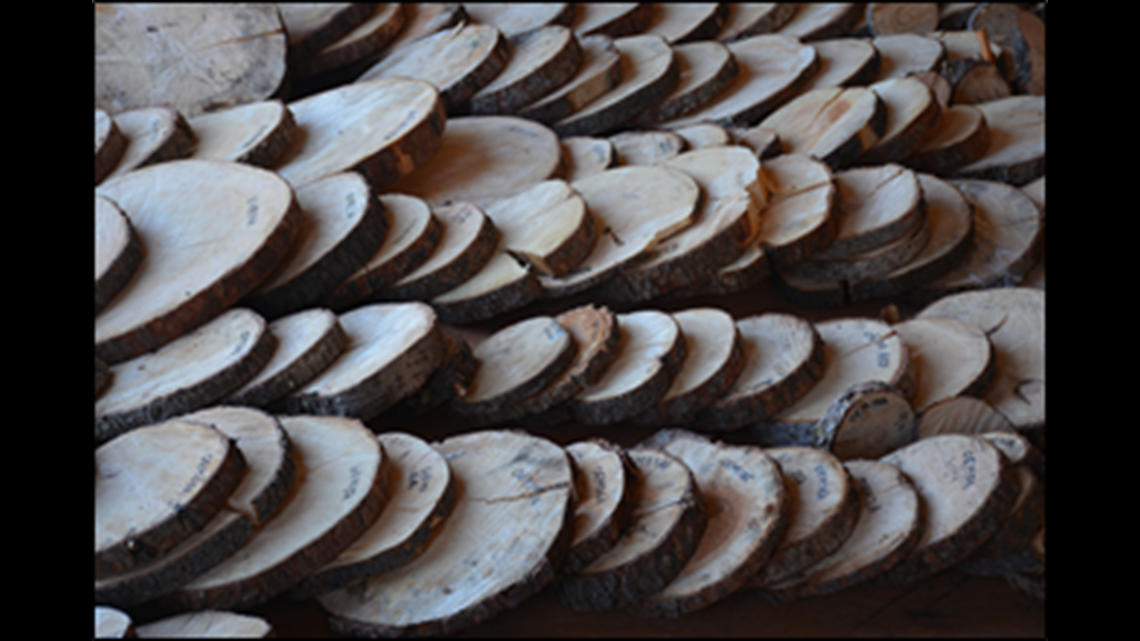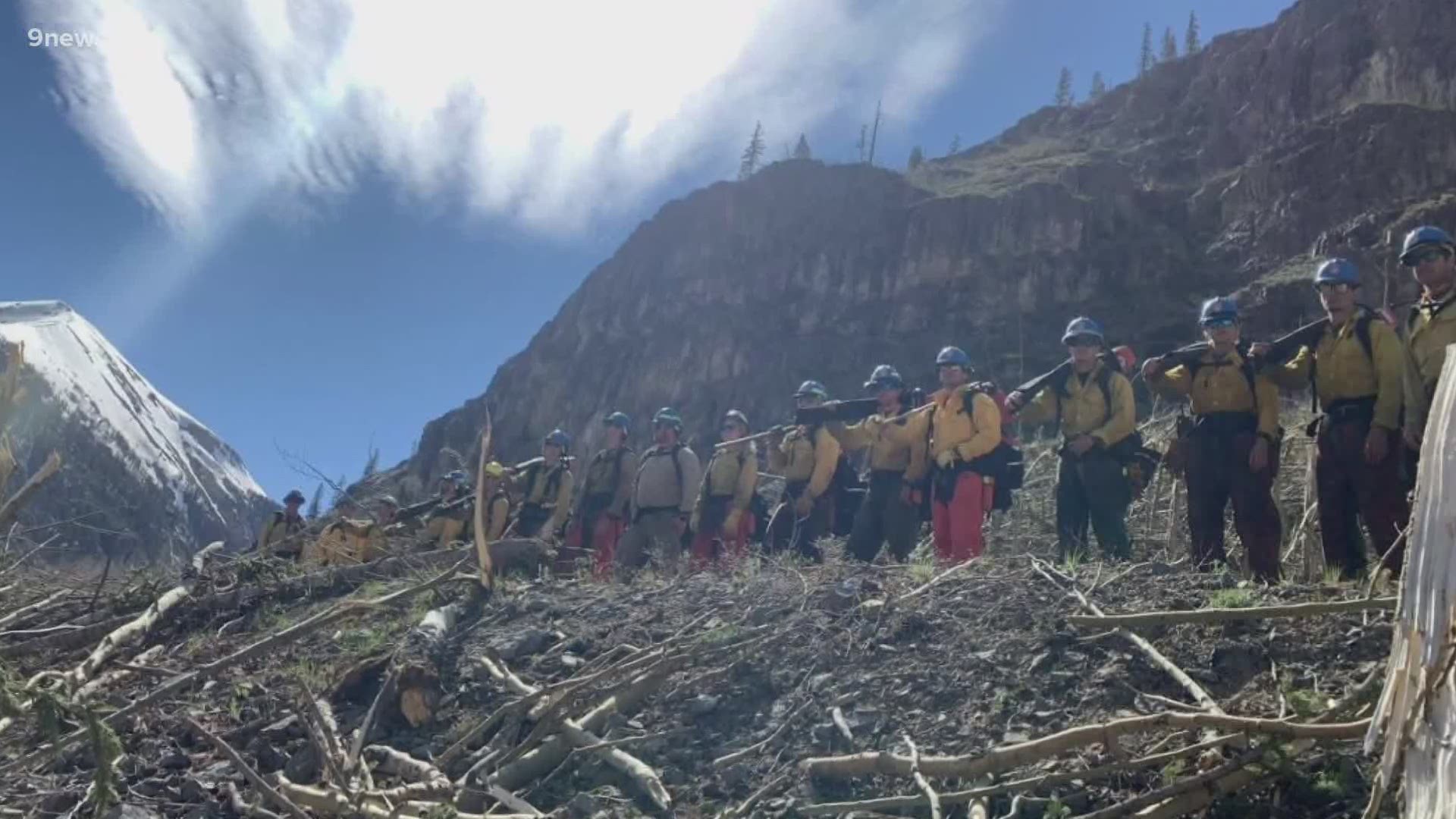COLORADO, USA — Forecasters are hoping that trees can tell them the story behind Colorado's avalanche cycles to help them find out whether the state's historic 2019 avalanche season has ever happened before.
The Colorado Avalanche Information Center (CAIC) reported more than 2,300 avalanche slides from October 2018 to May 2019. About 1,000 of them happened in March alone, making it the biggest avalanche cycle forecasters had seen in the last 100 years.
Researchers now want information from even earlier centuries to see if this big of an event was an outlier.
"The size of avalanches, extent, how far they ran and timber they destroyed is really beyond anything we can find in any of those records," CAIC Director Ethan Greene explained. "That's part of what we want to understand. Did the avalanches run in places where there weren't a lot of people back then or is this really a 250-year cycle or 300-year cycle?"
That's where the trees come in.
"We're trying to answer a lot of different questions by looking at what history the tree can tell you," Greene said.
CAIC is taking cross-sections of trees ripped from the ground during the 2019 slides for researchers from the U.S. Forest Service and the United States Geological Survey (USGS) to analyze. They already have more 700 tree disks.


"The conifer trees we're looking at form a ring every growth season. So you can tell the age of the tree and you can see some of the events during the life of that tree," Greene explained. "You can also see insulting events, things that damaged the tree. A lot of times you can see avalanche cycles where the tree was hit and bent and had to grow to recover itself and move on through time. So you can see these impact scars."
Researchers will match the 'calendar' of the tree's impact scars to an actual calendar date. They will do this along multiple avalanche paths across the state to look back in time. CAIC hopes to discover how big the slides were, their destructive power and if they were contained to one part of the state or across Colorado.
CAIC expects to release the findings in the coming years. The new research will give forecasters one of their most robust looks at the state's avalanche cycles.
"It's pretty amazing," Greene said. "Some of the work I've done and the avalanche center has done in the past is very simplistically looking at destroyed trees, counting the rings, and saying this is a 50-year-old tree. So the last time an avalanche was big here was more than 50 years ago. It's useful for some applications, but what we're trying to do in this collaboration is much more detailed."
CAIC will use the data to help local governments make decisions on constructing roads or other buildings in the high country. Forecasters want to give them the best information possible in case an avalanche season like the one in 2019 happens again.
USGS is interested how the research relates to other avalanche cycles in the climate record from the Western United States up into Alaska.
SUGGESTED VIDEOS | Local stories from 9NEWS

